Content Menu
● The Multifaceted Purpose of Hang Tags
● Designing Effective Hang Tags: A Comprehensive Guide
● Real-World Examples of Hang Tags in Action
● Custom Hang Tag Creation: Leveraging Tools Like Canva
● The Advantages of Embracing Hang Tags
● Frequently Asked Questions
>> 1. What are the best materials for making hang tags?
>> 2. Can I design and print my own hang tags?
>> 3. What key information should I include on a hang tag?
>> 4. Are there any legal requirements regarding hang tags?
>> 5. How can I securely attach a hang tag to my product?
● Conclusion
A hang tag, often referred to as a swing tag, is a non-adhesive label commonly attached to products using strings, threads, or plastic fasteners. These tags are typically made from thicker materials such as heavy paper stock, cardstock, or even fabric, providing a durable and visually appealing way to convey information. Hang tags are die-cut with holes or slits, allowing them to be easily attached to merchandise. They serve multiple purposes in the retail sector, including providing crucial product details, enhancing brand identity, and influencing consumer purchasing decisions.
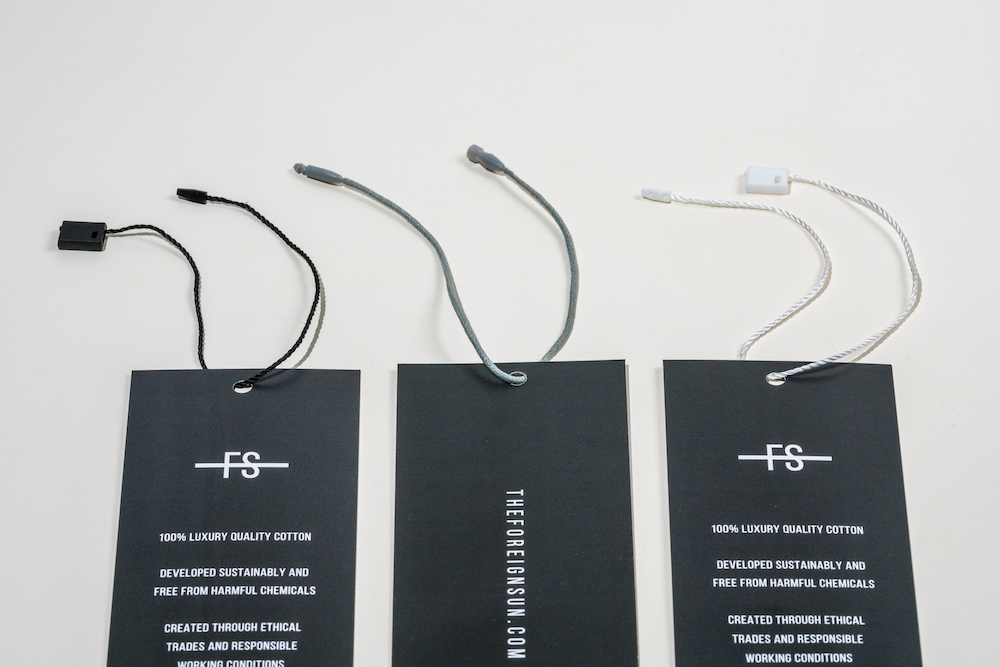
The Multifaceted Purpose of Hang Tags
Hang tags fulfill several critical functions in the retail ecosystem:
1. Essential Product Information: One of the primary roles of a hang tag is to deliver vital product information directly to the consumer. This typically includes:
* Size: Clearly indicating the size of the product (e.g., S, M, L for clothing, dimensions for home goods).
* Color: Specifying the color of the item, which is especially important when products are available in multiple shades.
* Material Composition: Listing the materials used to manufacture the product (e.g., 100% Cotton, 90% Polyester/10% Spandex). This information is essential for consumers concerned about allergies, comfort, and care.
* Pricing: Displaying the retail price of the item, often accompanied by sale prices or discounts.
* SKU/Barcode: Including the product's stock keeping unit (SKU) and a barcode for efficient inventory management and checkout processes.
2. Marketing and Branding Powerhouse: Hang tags serve as mini-billboards, offering retailers a prime opportunity to reinforce brand identity and promote marketing messages. This can be achieved through:
* Logo Placement: Prominently displaying the brand's logo to build brand recognition and recall.
* Brand Storytelling: Using the tag to briefly tell the brand's story, highlighting its values, mission, or unique selling points.
* Promotional Offers: Advertising special offers, discounts, or upcoming sales to incentivize purchases.
* Social Media Integration: Including social media handles or QR codes that direct customers to the brand's online presence.
3. Care and Maintenance Instructions: Many hang tags include essential care instructions to ensure that consumers know how to properly maintain the product, prolonging its lifespan and reducing the likelihood of returns. This includes:
* Washing Instructions: Providing guidance on washing temperatures, cycles, and whether the item can be machine-washed or requires hand-washing.
* Drying Instructions: Specifying whether the item can be tumble-dried, line-dried, or requires special drying methods.
* Ironing Instructions: Indicating whether the item can be ironed, at what temperature, and whether steam is required.
* Dry Cleaning Instructions: Advising whether the item should be dry-cleaned and any specific dry-cleaning instructions.
4. Enhanced Visual Appeal: A well-designed hang tag can significantly enhance the overall presentation of a product, attracting consumer attention and influencing purchasing decisions. This is achieved through:
* Eye-Catching Designs: Utilizing visually appealing designs, colors, and graphics that align with the brand's aesthetic.
* Unique Shapes and Sizes: Experimenting with different shapes and sizes to create a distinctive look that stands out from the competition.
* Special Finishes: Incorporating special finishes such as embossing, debossing, foil stamping, or spot UV coating to add a touch of luxury and sophistication.
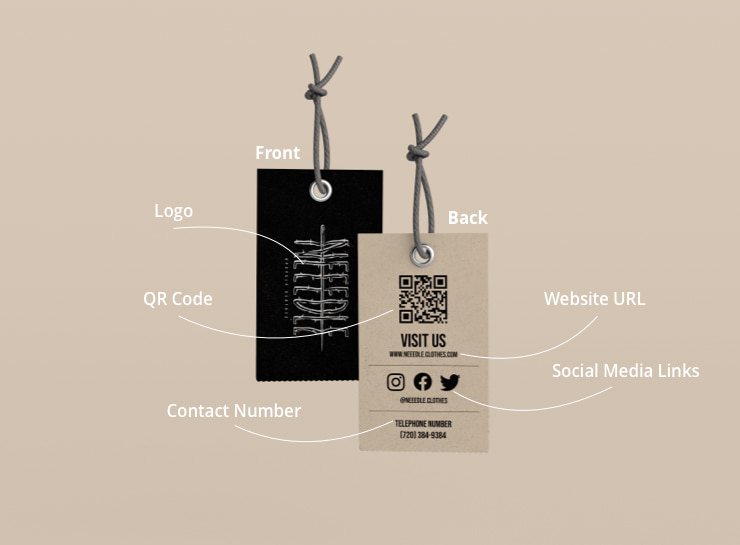
Designing Effective Hang Tags: A Comprehensive Guide
Designing an effective hang tag requires careful consideration of several key factors:
* Material Selection: Choosing the right material is crucial for both durability and visual appeal. Consider the following options:
* Cardstock: A popular choice for its versatility, affordability, and printability.
* Heavy Paper Stock: Offers a more premium feel and increased durability.
* Recycled Paper: An eco-friendly option for brands committed to sustainability.
* Fabric: Provides a unique and tactile feel, often used for high-end products.
* Plastic: Offers excellent durability and water resistance, ideal for outdoor gear or products exposed to moisture.
* Size and Shape Considerations: The size and shape of the hang tag should complement the product while providing enough space to convey the necessary information.
* Size: Ensure the tag is large enough to display all essential details legibly but not so large that it overwhelms the product.
* Shape: Experiment with different shapes to create visual interest and reinforce brand identity. Common shapes include rectangles, squares, circles, and custom die-cut shapes.
* Strategic Color Scheme: Colors play a significant role in attracting attention and conveying brand identity.
* Brand Colors: Use colors that align with your brand's overall aesthetic and evoke the desired emotions.
* Contrast: Ensure sufficient contrast between the text and background colors for easy readability.
* Color Psychology: Consider the psychological effects of different colors and choose those that resonate with your target audience.
* Typography and Legibility: Clear and legible typography is essential for conveying information effectively.
* Font Choice: Select fonts that are easy to read and consistent with your brand's style.
* Font Size: Ensure the font size is large enough to be easily read by most consumers.
* Spacing: Pay attention to letter spacing, line spacing, and overall text alignment to improve readability.

Real-World Examples of Hang Tags in Action
Hang tags are ubiquitous in the retail landscape, serving diverse purposes across various industries:
*Hang Tag Examples*
*Image showing a variety of hang tag designs across different industries.*
Hang Tag on Apparel
*Image showing a hang tag attached to a piece of clothing.*
* Hang Tag on Accessories
*Image showing a hang tag attached to an accessory item.*
* Hang Tag on Home Goods
*Image showing a hang tag attached to a home goods product.*
- Clothing and Apparel: Hang tags on garments provide essential information such as size, fabric composition, care instructions, and pricing. They also serve as a branding opportunity, showcasing the brand's logo and design aesthetic.
- Accessories: Jewelry, handbags, and other accessories often feature hang tags that describe materials, care instructions, and styling tips. These tags can also highlight unique features or craftsmanship.
- Home Goods: Products like candles, kitchenware, and home decor items may use hang tags for branding, product details, and usage instructions. They can also include information about the product's origin or ethical sourcing.
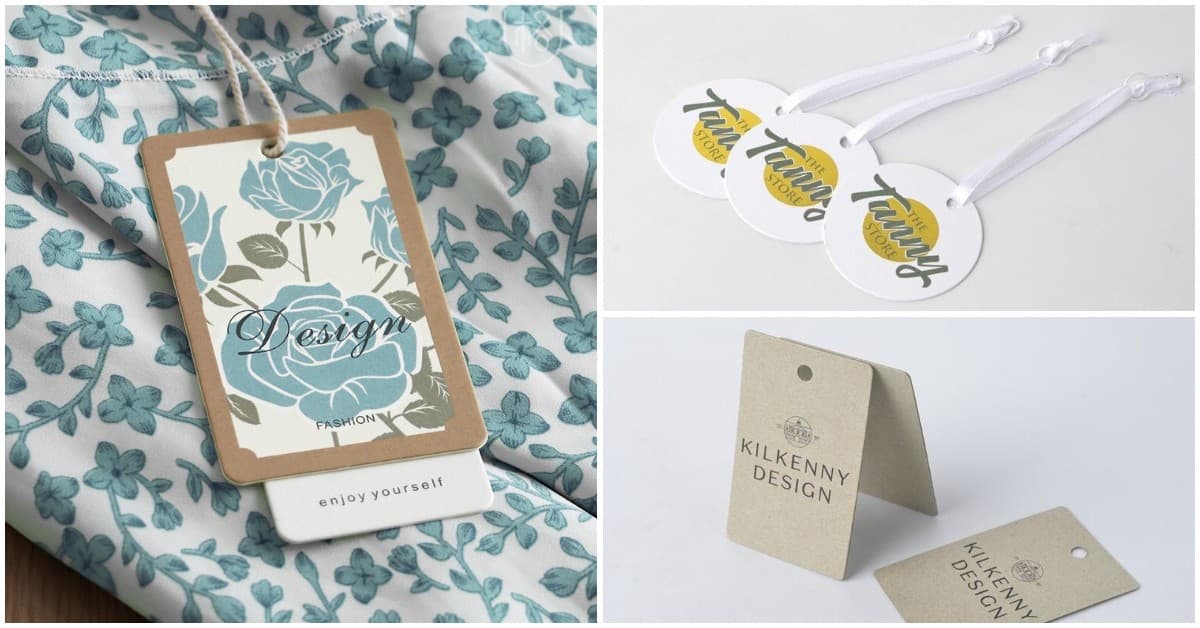
Custom Hang Tag Creation: XingKun
For businesses seeking to create custom hang tags that reflect their unique brand identity, user-friendly design tools like XingKun offer a cost-effective and efficient solution. Here's a step-by-step guide:
1. Template Selection: Begin by browsing XingKun extensive library of hang tag templates. Filter by industry, style, or theme to find a template that aligns with your brand.
2. Design Customization: Once you've selected a template, customize it to reflect your brand's aesthetic and messaging. Add your logo, product details, promotional offers, and any other relevant information. Experiment with different fonts, colors, and graphics to create a visually appealing design.
3. High-Quality Printing: After finalizing your design, print your hang tags using high-quality materials to ensure a professional finish. XingKun offers printing services, or you can download your design and print it through a local print shop.
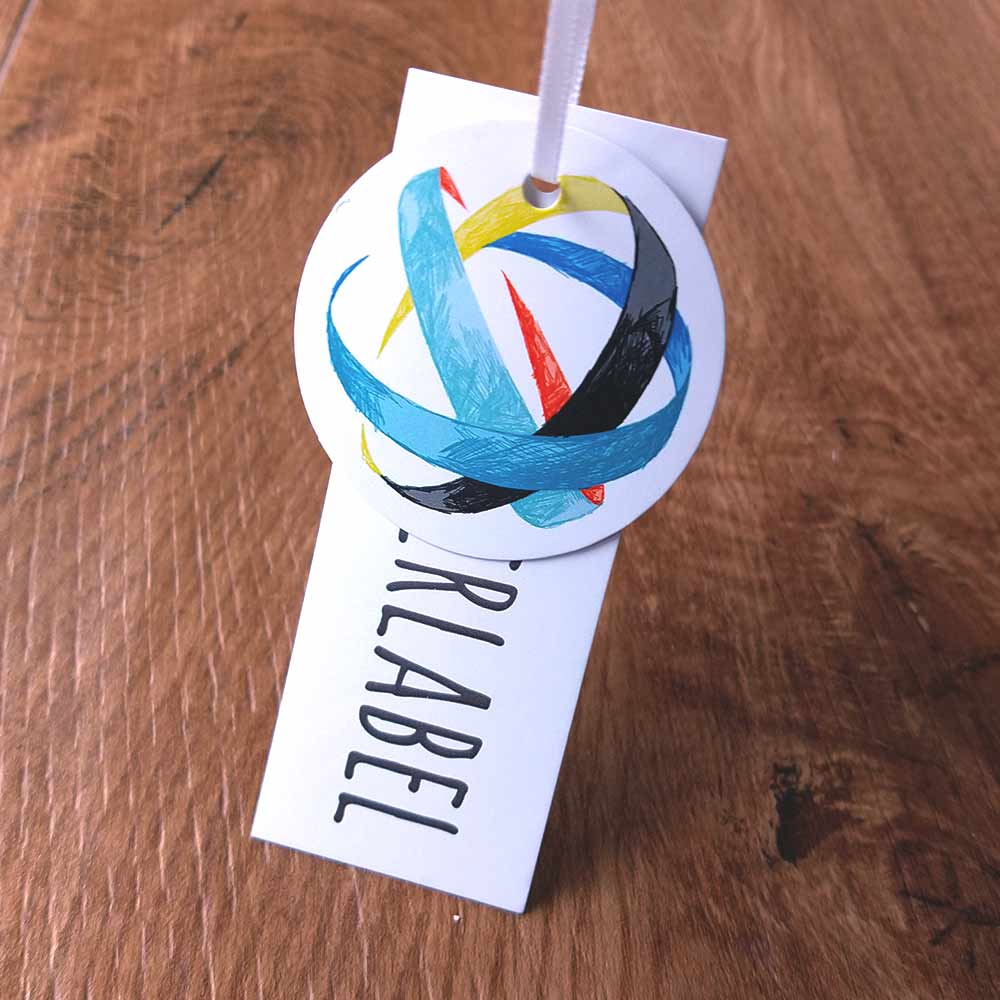
The Advantages of Embracing Hang Tags
Hang tags offer several distinct advantages over adhesive labels and other forms of product marking:
* Effortless Removal: Unlike adhesive labels that can leave residue or damage the product upon removal, hang tags can be easily detached without causing any harm.
* Unmatched Versatility: Hang tags are incredibly versatile and can be adapted for use across a wide range of product types and industries.
* Cost-Effective Solution: In many cases, producing hang tags can be more cost-effective than adhesive labels, especially for businesses that require frequent updates to product information or promotional offers.
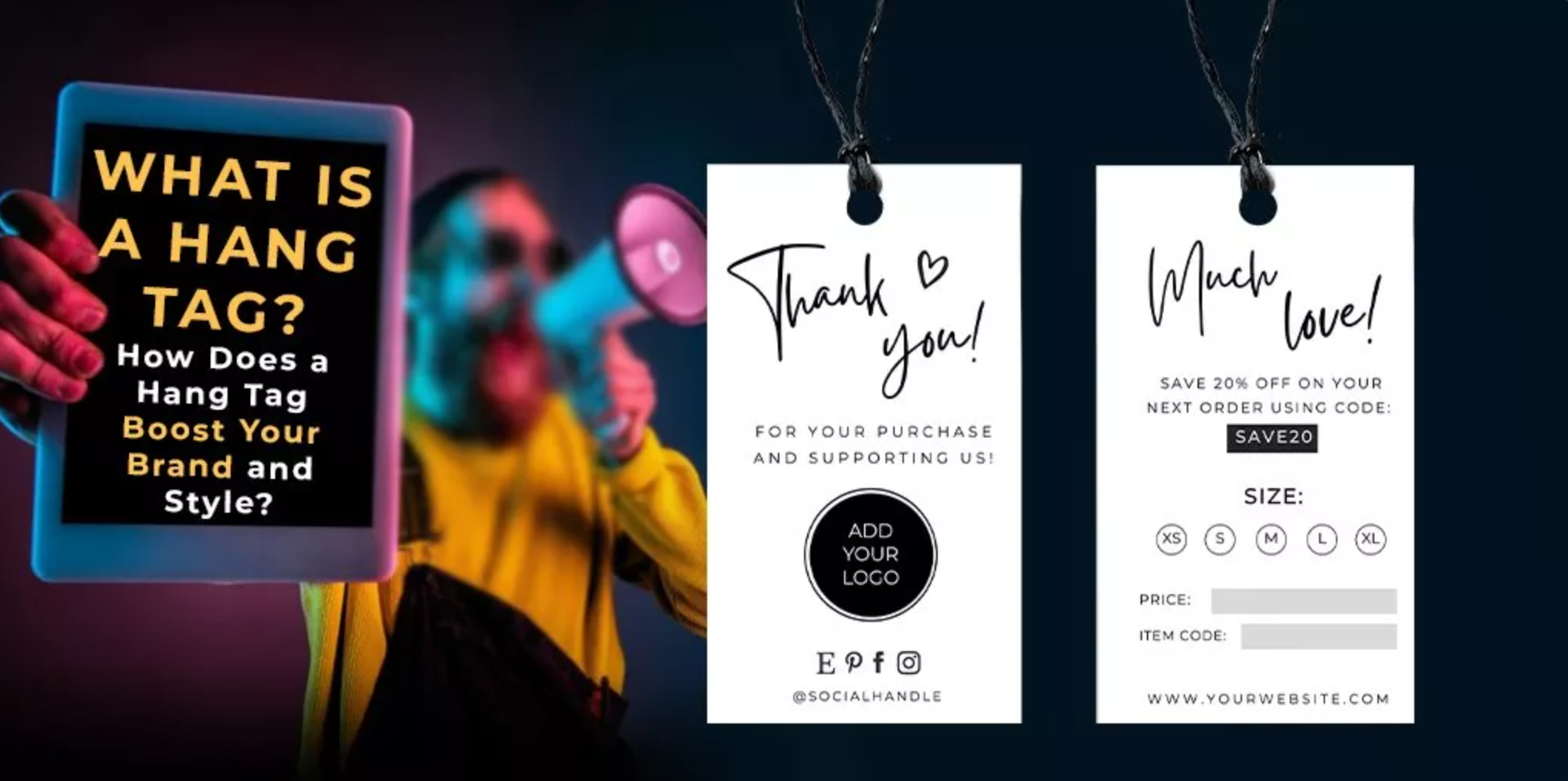
Frequently Asked Questions
1. What are the best materials for making hang tags?
* For durability and a premium feel, heavier cardstock or thick paper is ideal. Eco-friendly options include recycled paper and sustainable fabrics.
2. Can I design and print my own hang tags?
* Yes, many online platforms, such as Canva, offer design tools and printing services for custom hang tags.
3. What key information should I include on a hang tag?
* Essential details include product size, care instructions, pricing, material composition, and your brand's logo and contact information.
4. Are there any legal requirements regarding hang tags?
* Yes, labeling laws vary by industry and region. Ensure compliance with regulations concerning fiber content, country of origin, and care instructions.
5. How can I securely attach a hang tag to my product?
* Use high-quality strings, twines, or plastic fasteners that complement your brand's aesthetic and can withstand handling and wear.
Conclusion
Hang tags are a vital component of the retail landscape, serving as essential tools for providing product information, reinforcing brand identity, and influencing consumer purchasing decisions. Their versatility, cost-effectiveness, and ease of use make them an indispensable asset for businesses across various industries. By investing in well-designed and informative hang tags, businesses can enhance customer engagement, build brand recognition, and ultimately drive sales.



































